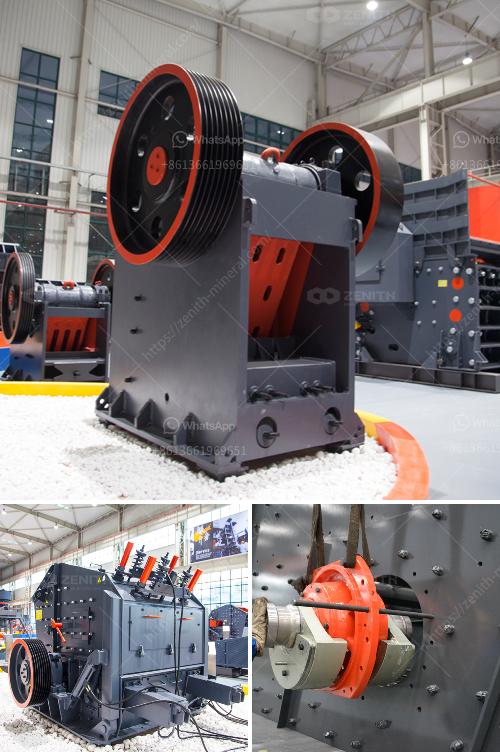Achieving a smooth operation of a coal pulverizer involves several key steps and considerations. Here’s a detailed guide on how to ensure your coal pulverizer operates smoothly:
1. Regular Maintenance and Inspection
- Scheduled Maintenance: Regularly scheduled maintenance is crucial. This includes checking and replacing worn-out parts, lubricating moving components, and ensuring all parts are in good working condition.
- Inspection: Frequent inspections can help identify potential issues before they become major problems. Look for signs of wear and tear, unusual noises, and vibrations.
2. Proper Operation Procedures
- Operator Training: Ensure that all operators are well-trained and understand the proper procedures for operating the pulverizer. This includes startup, shutdown, and emergency procedures.
- Consistent Feed Rate: Maintain a consistent feed rate to avoid overloading the pulverizer. Sudden changes in the feed rate can cause operational issues.
3. Quality of Coal
- Coal Quality: The quality of the coal being used can significantly impact the performance of the pulverizer. Ensure that the coal is of consistent quality and free from contaminants.
- Moisture Content: High moisture content in coal can lead to clogging and reduced efficiency. Ensure the coal is adequately dried before it enters the pulverizer.
4. System Optimization
- Airflow Management: Proper airflow is essential for the efficient operation of a coal pulverizer. Ensure that the airflow is correctly balanced and that there are no blockages in the system.
- Temperature Control: Monitor and control the temperature within the pulverizer to prevent overheating and ensure optimal performance.
5. Use of Advanced Technologies
- Monitoring Systems: Implement advanced monitoring systems to keep track of the pulverizer’s performance in real-time. This can help in early detection of issues and allow for timely interventions.
- Automation: Consider automating certain aspects of the pulverizer’s operation to enhance efficiency and reduce the likelihood of human error.
6. Material Handling
- Proper Handling: Ensure that the coal is handled properly before it reaches the pulverizer. This includes proper storage, transportation, and feeding mechanisms.
- Conveyor Systems: Use efficient conveyor systems to transport coal to the pulverizer. Ensure that these systems are well-maintained and free from blockages.
7. Environmental Considerations
- Dust Control: Implement dust control measures to prevent dust buildup, which can affect the performance of the pulverizer and pose health risks to operators.
- Emission Control: Ensure that the pulverizer is equipped with appropriate emission control systems to minimize environmental impact.
8. Troubleshooting Common Issues
- Vibration: Excessive vibration can indicate issues with the pulverizer’s alignment or balance. Regularly check and correct any misalignments.
- Noise: Unusual noises can be a sign of mechanical problems. Investigate and address the source of the noise promptly.
- Clogging: Regularly clean the pulverizer to prevent clogging, which can reduce efficiency and cause damage to the equipment.
By following these detailed steps and considerations, you can achieve a smooth and efficient operation of your coal pulverizer, ensuring optimal performance and longevity of the equipment.

